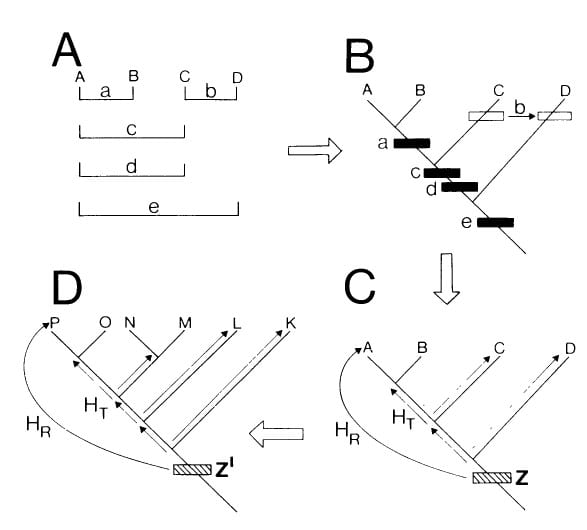Research on organismal biomechanics can illuminate the transformation of animal design through time, and help explain the mechanical design of organisms.

See papers in the Download Reprints section for more on this topic, especially: 1981. Lauder, G. V. Form and function: structural analysis in evolutionary morphology. Paleobiol.7, 430-442. 1986. Lauder, G. V. Homology, analogy, and the evolution of behavior. In The Evolution of Behavior, (M. Nitecki and J. Kitchell, eds.), pp. 9-40. Oxford: Oxford Univ. Press. 1990. Lauder, G. V. Functional morphology and systematics: studying functional patterns in an historical context. Ann. Rev. Ecol. Syst.21, 317-340. 1996. Schaefer, S. A. and Lauder, G. V. Testing historical hypotheses of morphological change: biomechanical decoupling in loricaroid catfishes. Evol.50, 1661-1675.l Journal of Automation and Computing 4:325-335.